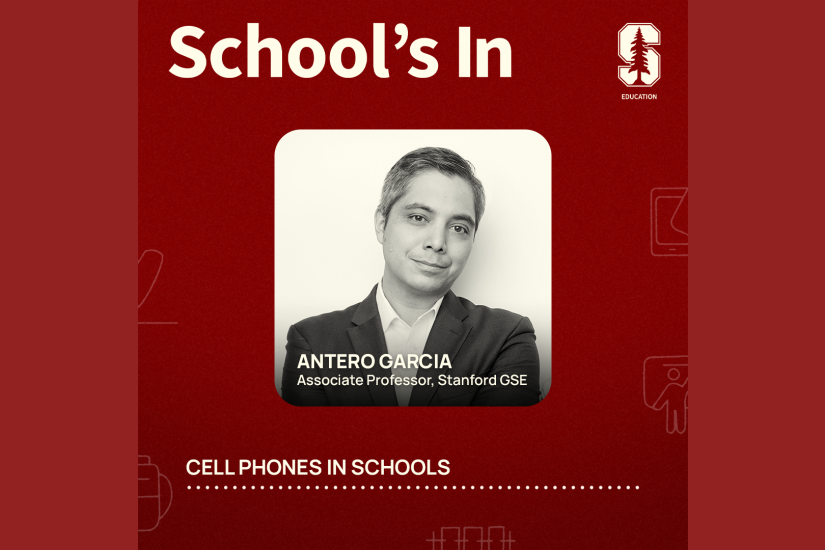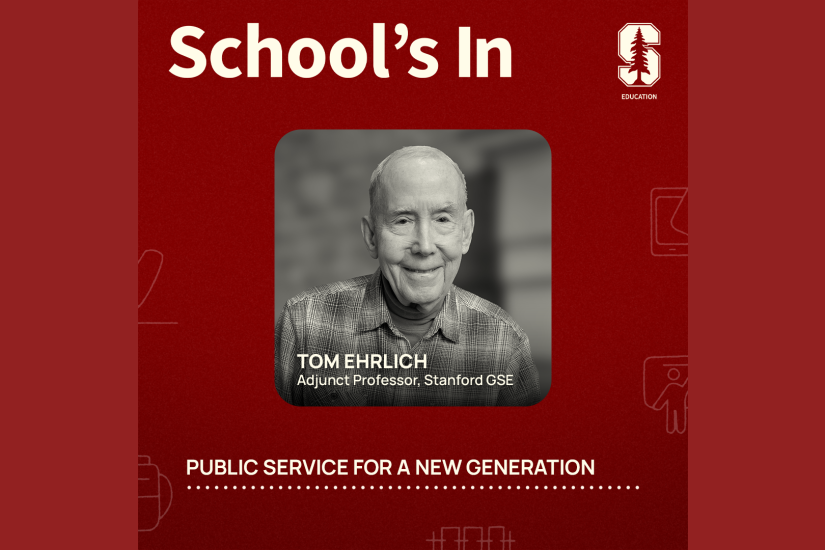
Michael Kirst on making schools more equitable
For the 50th episode of School’s In, GSE Dean Dan Schwartz and Denise Pope were joined by Michael Kirst, Professor Emeritus at the Stanford Graduate School of Education. Kirst is also president of the California State Board of Education, where he serves as the chief education adviser to California Governor Jerry Brown.
Listen to the full episode at the link below and find more episodes at Stanford Radio. School’s In airs weekends on SiriusXM Insight channel 121.
Interview highlights
A “strange situation”
Historically, we're the only country that I know of in the world that finances schools from a local property tax. Everybody else started using a more central body—like a state or, most often, a national system. But we had over 100,000 districts in the beginning of the 20th century, and they all used mostly their local property tax. The state and federal taxes were maybe 10 or 15 percent of the amount.
This led to huge inequities, where some districts had a lot of wealthy property owners and commercial property, and [others] just had a lot of poor farms. The U.S. is the most historically inequitable system I've known in terms of that, and nobody I know of has local school boards like we do. They were of course the people that helped raised the local property tax and decided on the property tax. This is a very strange situation we've had here, and we've worked for years to provide more equity through state money, primarily, and a little through federal.
The golden rule
There’s a problem: the golden rule. He who has the gold sets the rules. As you move [school] taxes up the system to state and federal, you centralize control. The state governments say, “Well, we’re paying the majority of this funding, and we want to set these restrictions on the local districts.” All of these restrictions build up. We got to a point in California where you had a special state grant to build a school garden but you couldn’t keep the bathrooms clean, because that needed unrestricted money.
Shifting accountability
We don't know enough in Sacramento to direct how [local school districts] ought to spend their money. So we shifted the accountability from how you spend your money in-house into what results you're getting. Don’t tell them how, just hold them responsible for what happens.
We have a robust accountability system, which does include test scores but also includes graduation rates, chronic absence, English Learner progress, suspensions, school climate. That's another big innovation in expanding people's vision about what it takes to make a good school. Parents don't send kids to school just because the test scores are high. They're looking for many other things.



